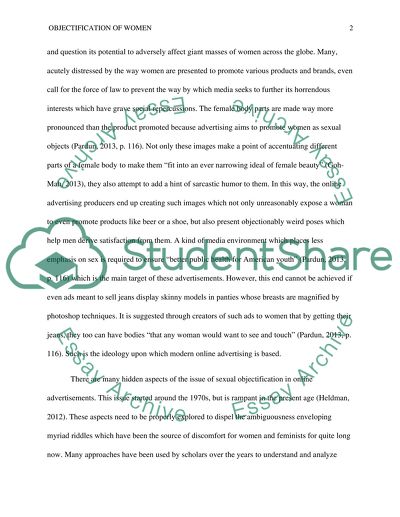Cite this document
(“The objectification of women in online advertising Essay”, n.d.)
Retrieved from https://studentshare.org/media/1497665-the-objectification-of-women-in-online-advertising
Retrieved from https://studentshare.org/media/1497665-the-objectification-of-women-in-online-advertising
(The Objectification of Women in Online Advertising Essay)
https://studentshare.org/media/1497665-the-objectification-of-women-in-online-advertising.
https://studentshare.org/media/1497665-the-objectification-of-women-in-online-advertising.
“The Objectification of Women in Online Advertising Essay”, n.d. https://studentshare.org/media/1497665-the-objectification-of-women-in-online-advertising.


